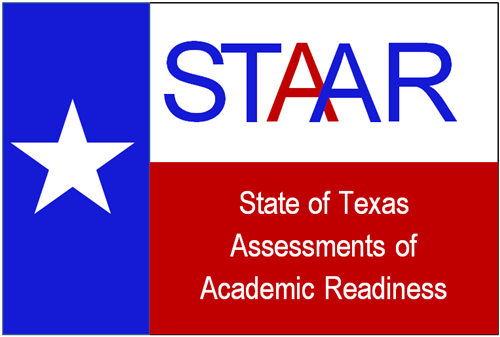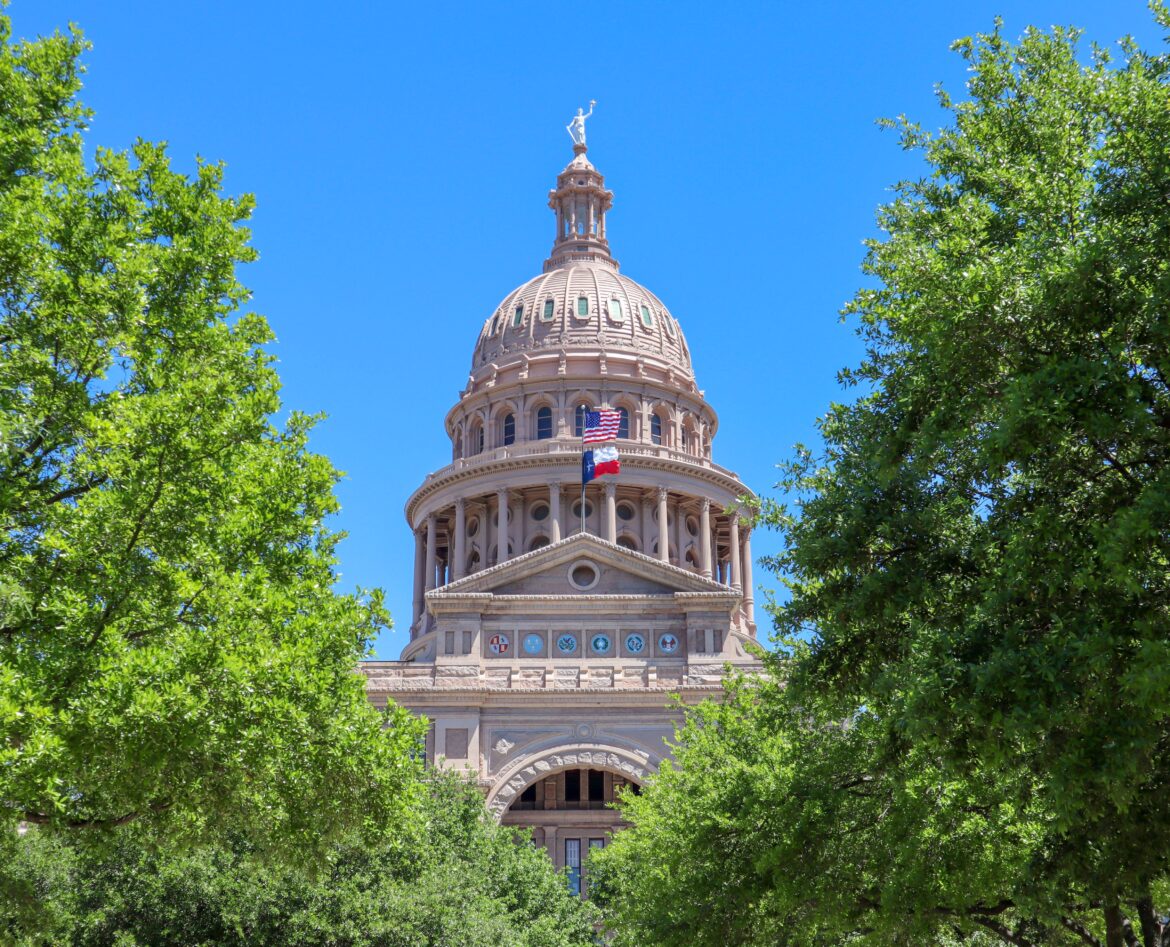How We Got Here
Typically, the Texas legislature only convenes every two years. The state constitution provides that these biennium sessions may only last for 140 days. Each session begins in January and ends in May. However, the Texas governor may call the legislators back to Austin for a special session that lasts for 30 days. At that time, the legislators are only allowed to address issues that the governor places on the special session call. The second special session ended on Thursday, September 2, 2021.
The governor included the following education-related item in the list of issues that could be addressed during this session:
Legislation providing strategies for public-school education in prekindergarten through twelfth grade during the COVID-19 pandemic, which ensures:
- Students receive a high-quality education and progress in their learning;
- In-person learning is available for any student whose parent wants it;
- The wearing of face coverings is not mandatory; and
- COVID-19 vaccinations are always voluntary.
Senate Bill 15
In response to this item, the legislature passed SB 15. Specifically, this bill addresses the issue of virtual education. At the beginning of the process, this bill was very similar to HB 1468 that was introduced in the regular session. Because it was not voted on before the session ended, HB 1468 died on May 30.
SB 15 has passed both the House and the Senate and is awaiting the signature of the governor to become law. Let’s take a look at some of its provisions.
Note: The law governs school districts and open-enrollment charter schools. For the sake of brevity, the word “district” below includes both school districts and open-enrollment charter schools.
Local Remote Learning: It’s Temporary
The law creates a new category of virtual instruction called local remote learning. Local remote learning is outside of the Texas Virtual Network; thus, the provisions that govern the TxVSN do not apply to this new program. As a result, it has its own set of rules and regulations. It is meant to be a temporary solution that will be revisited in the 88th Legislature (2023). There will be a Virtual Learning Commission that will be meeting over the next year and a half. This commission will be studying this issue and, as a result, will make recommendations to the 88th Legislature. They may or may not continue the provisions of SB 15.
It’s Local
According to SB 15, the purpose of local remote learning is to enable school districts to offer remote learning for their students, not statewide. However, a school district may create a memorandum of understanding with another district to allow their students to attend another district’s virtual school.
Remote Learning Program Requirements
In its remote learning program, a district must:
- Include at least one grade level in which an assessment instrument is required or a complete high school program, including an end-of-course assessment instrument for each course
- Provide the ability for a parent to choose in-person instruction for their child
- Periodically assess the performance of students enrolled in the remote learning program
- Meet the special education needs of the participating students consistent with federal and state law
- Require participating teachers to complete a professional development course on virtual instruction
- Not directly or indirectly coerce any teacher to agree to an assignment to teach a full-time local remote learning program
- Not require a teacher to provide both virtual instruction and in-person instruction. However, the commissioner may waive this requirement for courses included in the enrichment curriculum
Attendance
- SB 15 puts a 10% cap of the district’s enrollment on enrollment in the remote learning program. This affects the funding. The state will provide ADA funding for all the students up to 10% of the district’s enrollment.
- The commissioner may waive this on an application by a school district or in response to a public health emergency.
- In calculating the number of students that are enrolled in the local remote program, students must spend at least half of the student’s instructional time in virtual learning.
Options for Remote Learning

by Giovanni Gagliardi on Unsplash
- The remote learning program may be synchronous, asynchronous, or a combination.
- The program may provide a hybrid approach of both in-person and virtual.
- The district may remove a student from virtual instruction if the district or school determines that the student does not meet the criteria set by the state or the school district.
- The district must have an established process to remove a student so that the student and parent have sufficient notice and opportunity to provide input before they are removed from the program.
- A student may participate in an extracurricular activity sponsored or sanctioned by the district in which the student is enrolled or by the UIL in the same manner as other district or school students.
- Students participating in remote learning may also take courses in the TxVSN.
Student Eligibility
- Students must be enrolled in the school district with one exception. School districts may enter into an agreement that enable students from a sending district to attend the virtual school of the receiving district. These students are still considered enrolled in the sending district for purposes of attendance and accountability.
- The student must have reasonable access to in-person services for the course at a district or school facility.
- The student must meet any additional criteria, including minimum academic standards, established by the district.
State Funding
- A student enrolled in a virtual course under the remote learning program will be counted toward the school district’s ADA in the same manner as other district or school students. The commissioner will adopt rules providing for a method of taking attendance, once each school day, for these students.
- A district may not count a student for purposes of calculating the school’s ADA if the student has ten or more unexcused absences in the program in a six-month period.
- This law prevents a district from receiving ADA funding for students that received virtual or remote instruction for a majority of the instructional days during the preceding year if the student:
- Did not achieve satisfactory performance or higher on the state assessment or something equivalent
- Had a number of unexcused absences that exceeds 10% of the number of instructional days in the preceding school year, or
- Did not earn a grade of C or higher or the equivalent in each of the foundation curriculum courses taken virtually or remotely in the preceding year.

Evaluating Virtual Learning
- Students in the remote learning program shall participate in the state assessment program in the same manner as the other students in the district.
- The commissioner shall assign the program separate overall and domain performance ratings as if the program were a campus of the district.
- The performance rating is not subject to Section 39.054 (a-3) which requires the rating to be made public, or Section 39.0546. The performance rating will also not determine whether to impose any intervention or sanction on the district as authorized by Chapter 39A.
There’s Always an Exception
A few districts and open-enrollment charter schools used the waivers given by the commissioner in the school year 2020-2021 to create a virtual school that served both their students and students outside their district. SB 15 gives these few districts and open-enrollment charters the ability to continue to operate as they did in the 2020-21 school year. Consequently, this means they may exceed the 10% enrollment cap and function as they did last year.
Remember, It’s Temporary
Remember there is a Virtual Commission that will meet during the interim to evaluate the state of virtual education in Texas. The commission will make recommendations for the 88th Legislature. Therefore, the provisions of SB 15 are seen as a temporary solution. Hopefully, the commission will build on the provisions of SB 15 and create an even better framework for virtual education in the state of Texas.
If your district will be establishing a local remote learning program, you should consider TCEA’s Remote Educator Certification program. This online, self-paced course takes teachers and administrators through the process of effectively guiding student mastery of content area standards while learning online. The course covers the following essential topics:
- Straightforward ideas for communicating with stakeholders (parents, colleagues)
- The ingredients for designing remote lessons
- Integrating Social and Emotional Learning into your remote learning classroom
- Creating collaboration and meaningful discussion using tools in breakout rooms and chats
- Understanding of FERPA and how it pertains to student recordings
- A deep dive into high-effect instructional strategies to improve student outcomes
- Choosing the right digital tool for each assignment
The course is $49 per participants with discounts available for purchases of 10 or more. You may contact Miguel Guhlin if you have questions about this successful program.

